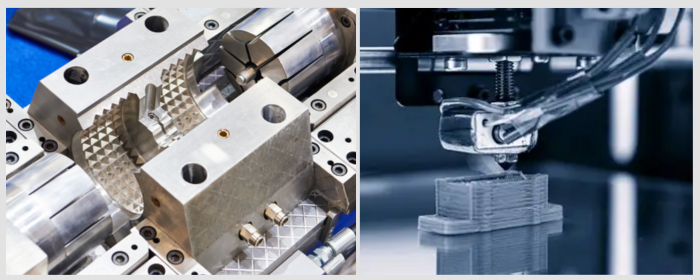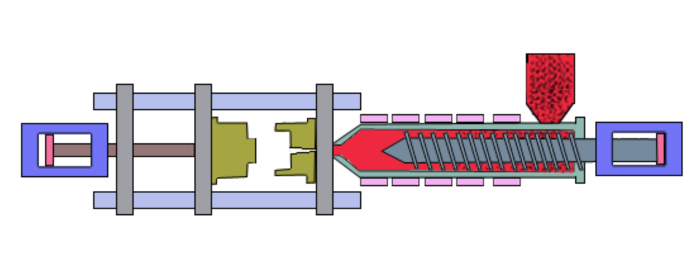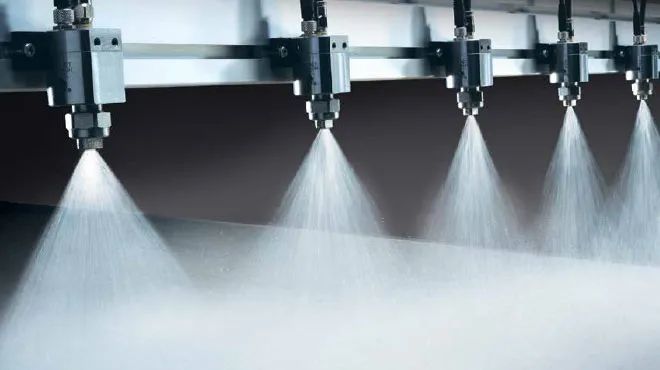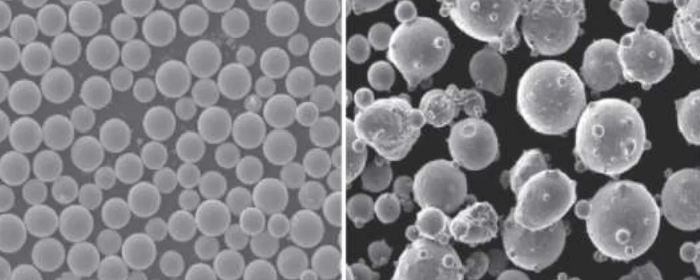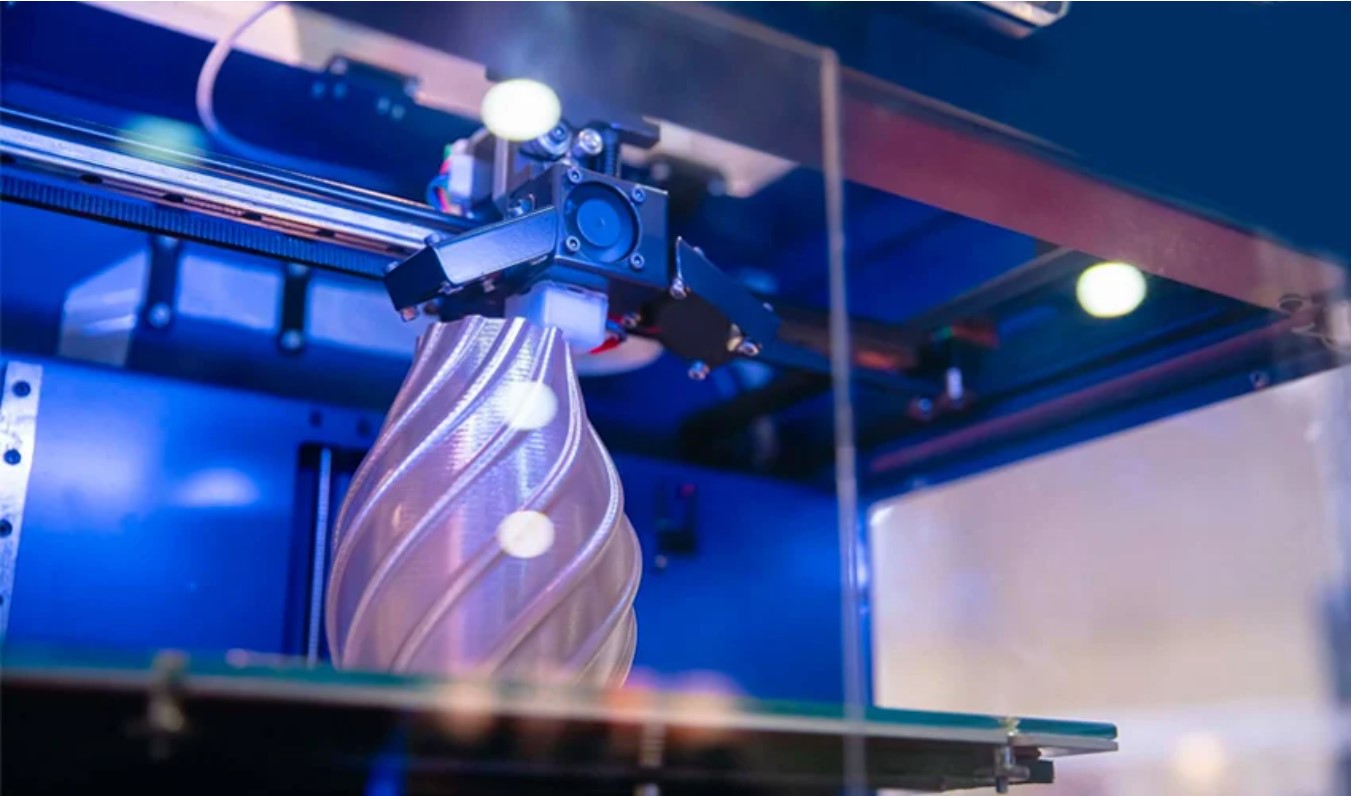

Within the field of materials science, the form of particles is pivotal in shaping the performance and utility of powdered substances across diverse applications. Spherical powders, in particular, have attracted considerable interest for their distinctive properties and benefits. This article explores the crucial role of particle shape, emphasizing the concepts of roundness and sphericity, and examines their influence on the operational effectiveness of materials in various industrial sectors.
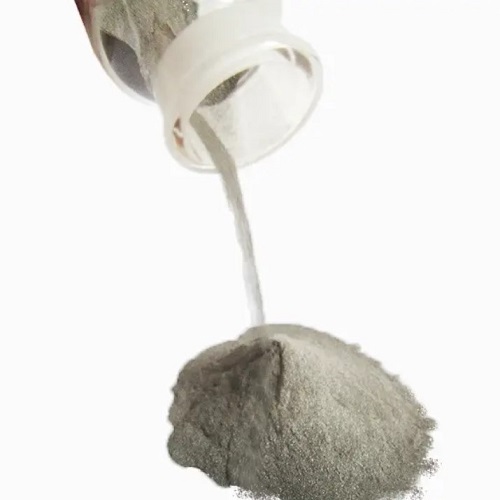
Particle shape affects nearly every aspect of a powder's behavior, including flowability, packing density, and reactivity. Non-spherical particles can interlock and create poor flow characteristics, leading to challenges in handling and processing. Conversely, spherical powders, with their high roundness and sphericity, tend to flow more freely, making them ideal for applications requiring precise dosing and high packing density.
Here are some key ways in which particle shape impacts the properties of powder:
Spherical particles tend to have a more predictable and uniform sedimentation rate compared to non-spherical particles. This is because the drag force exerted by the fluid on a particle, which opposes the gravitational force causing sedimentation, is more straightforward to calculate for spheres. For spherical particles, Stokes' law can be applied directly to predict the sedimentation rate, assuming low Reynolds numbers where the flow is laminar.
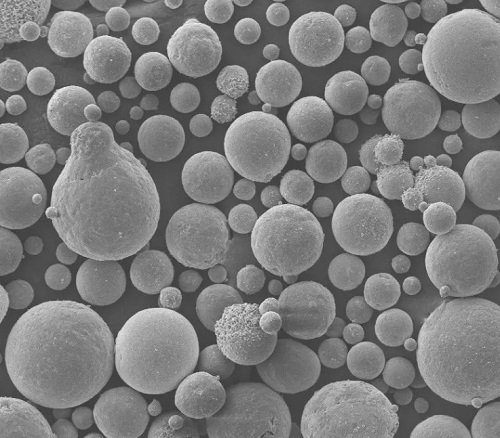
Non-spherical particles experience different orientations as they settle, which can significantly affect the drag force and, consequently, the sedimentation rate. Particles with elongated or flat shapes may settle more slowly than spherical particles of the same volume because they present a larger surface area to the direction of sedimentation, increasing drag. However, if these particles orient themselves vertically, they might sediment faster due to a reduced cross-sectional area facing the flow direction.
Uniformity and Packing: Spherical particles tend to pack in a relatively uniform manner, but they cannot achieve the densest packing possible due to the inherent space between spheres. This results in materials with moderate to high porosity, depending on the packing arrangement (e.g., simple cubic, hexagonal close-packed, or face-centered cubic).
Predictability: The porosity of materials composed of spherical particles is more predictable using mathematical models because of the uniformity in shape.
Interlocking: Irregular or angular particles can interlock with one another, potentially leading to a denser packing arrangement than spherical particles. This can reduce porosity because the irregular shapes fill the voids more effectively.
Variability: The porosity of materials with irregular particles is less predictable due to the variability in how the particles can interlock and the orientation of particles in the packed structure.
Uniform Flow Paths: Spherical particles tend to create more uniform and isotropic pore structures when packed, leading to relatively straightforward and predictable flow paths for fluids. This can result in moderate permeability levels, as the pore spaces are relatively uniform but might not be optimally connected for the highest flow rates.
Reduced Tortuosity: The flow paths through a packing of spherical particles are less tortuous compared to those in materials with irregularly shaped particles, potentially leading to higher permeability.
Increased Tortuosity: Irregular or angular particles can create more complex and tortuous flow paths, which can hinder fluid flow and reduce permeability. The irregular shapes and orientations of these particles can lead to a less efficient packing structure with more obstructed flow paths.
Variable Pore Connectivity: The connectivity of pore spaces can be less predictable in materials composed of irregularly shaped particles, affecting the consistency and reliability of permeability.
The ease with which a powder flows is heavily influenced by the shape of its particles. Spherical particles tend to flow more freely because they have less surface area in contact with neighboring particles, reducing interparticle friction. In contrast, irregular or elongated particles can interlock and create resistance to flow, which can lead to challenges in processing and handling, such as inconsistent feeding rates in manufacturing processes.
Particle shape affects how closely particles can pack together, impacting the bulk density of the powder. Spherical particles can pack more uniformly but may not achieve the highest possible density due to the presence of voids between the balls. Irregular shapes might pack more densely in some cases due to their ability to interlock, but this can lead to less uniformity in packing structure. The packing density influences properties like porosity, which is critical for applications requiring specific porosity levels, such as catalyst supports or drug delivery systems.
In processes such as tablet formation or powder metallurgy, the way powder compacts is essential. Irregularly shaped particles may form stronger compacts due to mechanical interlocking, whereas spherical particles might require higher compression forces to achieve similar densities. The shape of the particles can also affect the mechanical strength and dissolution rate of compacted products.
The surface area to volume ratio of a particle influences its reactivity. Non-spherical particles often have a higher surface area compared to spherical ones of the same volume, which can make them more reactive. This is particularly important in chemical processes, where reaction rate and efficiency might be affected by the available surface area for reaction.
Particle shape can influence the tendency of a powder to segregate during handling and processing. Mixtures of differently shaped particles are prone to segregation due to differences in flowability and settling rates, which can result in non-uniform product quality. This is a critical consideration in industries where consistent composition is essential, such as pharmaceuticals and food processing.
In industries where the final product's appearance and texture are important, such as cosmetics and food, particle shape is a critical factor. The shape can affect the product's feel, appearance, and how it behaves upon application. For example, spherical particles in a face powder might offer a smoother application compared to irregular particles.
For pharmaceuticals, the dissolution rate of drug particles can be affected by their shape. Irregular or high-aspect-ratio particles may dissolve differently than spherical particles, influencing the drug's bioavailability and efficacy.
Roundness refers to the smoothness of a particle's surface, while sphericity measures how closely the shape of a particle approaches that of a perfect sphere.
The sphericity of a particle is a measure of how closely the shape of the particle resembles that of a perfect sphere. It is defined as the ratio of the surface area of a sphere (with the same volume as the given particle) to the surface area of the particle. For a perfectly spherical particle, its sphericity is 1 (or 100% when expressed as a percentage), indicating that the particle's shape exactly matches that of a sphere.
These parameters are quantitatively assessed to evaluate the quality and performance of spherical powders. High sphericity and roundness contribute to uniformity in packing and flow, which is crucial for industries such as pharmaceuticals, where consistent dosing is paramount.
Spherical powders exhibit superior flow properties compared to irregularly shaped particles. This characteristic simplifies material handling and improves the efficiency of manufacturing processes, reducing the need for additional flow agents.
The uniformity of spherical particles allows for tighter packing, which can significantly increase the density of materials. This is particularly beneficial in additive manufacturing (3D printing), where higher packing densities lead to stronger and more durable parts.
In applications such as coatings and composites, the spherical shape ensures more uniform dispersion of particles within a matrix or solvent. This uniformity translates into consistent properties and quality in the final product.
The unique properties of spherical powders make them suitable for a wide range of applications:
Additive Manufacturing: Their excellent flowability and high packing density make spherical powders ideal for powder bed fusion processes, resulting in parts with superior mechanical properties.
Pharmaceuticals: The uniformity of spherical particles ensures consistent active ingredient distribution in tablets, critical for dose accuracy.
Cosmetics: Spherical powders are used in makeup products to provide a smooth, even application and finish.
While spherical powders offer numerous advantages, their production can be more complex and costly compared to irregular particles. Methods such as gas atomization, sol-gel processes, and spray drying must be carefully controlled to achieve the desired roundness and sphericity. Additionally, the specific requirements of an application may dictate the level of sphericity necessary, balancing performance benefits against production costs.
The shape of particles, particularly their roundness and sphericity, plays a pivotal role in the functionality of powders. Spherical powders offer significant advantages in terms of flow properties, packing density, and dispersion, contributing to improved performance and efficiency in a variety of applications.
As materials science continues to evolve, the quest for perfect spherical powders is likely to drive innovations in manufacturing processes, opening new avenues for the application of these versatile materials. Understanding and harnessing the benefits of particle shape will remain a key focus for researchers and industry professionals alike, as they seek to optimize the properties of materials for an ever-expanding array of uses.

